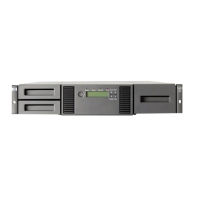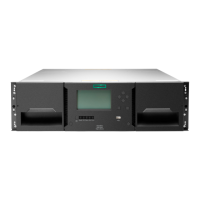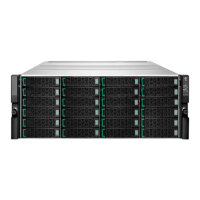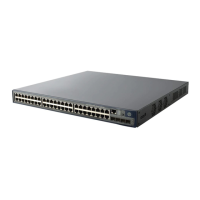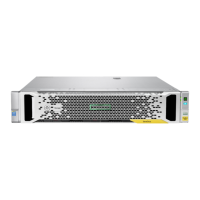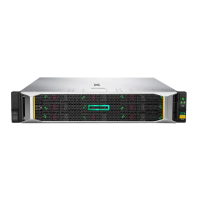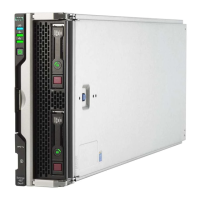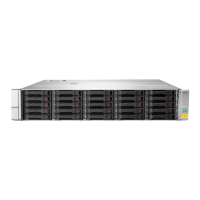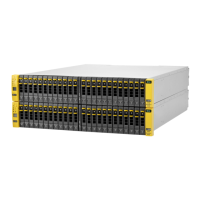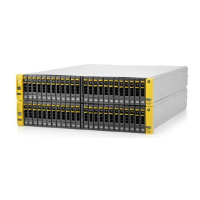Technical white paper Page 15
Figure 6. Volume mapping screen for the P2000 G3 MSA
Record all system user names, passwords, and the user types for users that can log on to the storage system. You can find this from the
SMU under Configuration → Users → Modify Users.
Note
Do not delete user names; simply record existing user name and user information. Passwords will show up as blank on the screen.
Record the system information. You can find this from the SMU under Configuration → System Settings → System Information.
Record the email notification information. You can find this from the SMU under Configuration → Services → Email Notification.
Record the SNMP notification information. You can find this from the SMU under Configuration → Services → SNMP Notification.
Record the date and time information. You can find this from the SMU under Configuration →System Settings →Date, Time.
Record network management services information. You can find this from the SMU under Configuration → Services → Management.
Record advanced disk settings information. You can find this from the SMU under Configuration → Advanced Settings → Disk.
Record advanced cache settings information. You can find this from the SMU under Configuration → Advanced Settings → Cache.
If applicable, record remote storage systems used for Remote Snap. You can find this from the SMU under Configuration → Remote
Systems.
Record the snapshot scheduling information. You can find this from the SMU under Provisioning →Modify Schedule.
Note
Do not modify the schedule; simply record the existing schedule information.
Capturing controller parameters
To capture all existing controller parameters, such as the network address, before the upgrade, save the existing controller logs to your
management PC. You can do this by using the FTP utility and running the get logs command. The data contained in these logs will
prove helpful in the event of a support issue after the upgrade. This step could take three to five minutes to complete.
1. In the SMU, prepare to use FTP. Determine the network-
2. Verify that
3. Verify that the HPE MSA storage system login account has the correct permissions to use the FTP interface.
4. Open a command prompt (Windows®) or a terminal window (UNIX®) and navigate to the destination directory for the log file.
5. Enter the FTP controller-network-address (for example: FTP 10.1.0.9).
6. Log in as an FTP user.
7. Enter the following command:
get logs filename.zip
Note
HPE recommends the filename to be in the format yyyymmdd_ftp_system-name_controller-ID. For example:
get logs 20151024_ftp_Storage2_A.zip
Record the filename and path for future reference.
8. Wait for the Transfer complete message to appear.
9. Quit the FTP session.
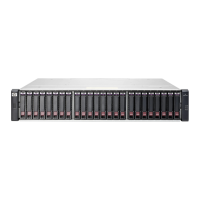
